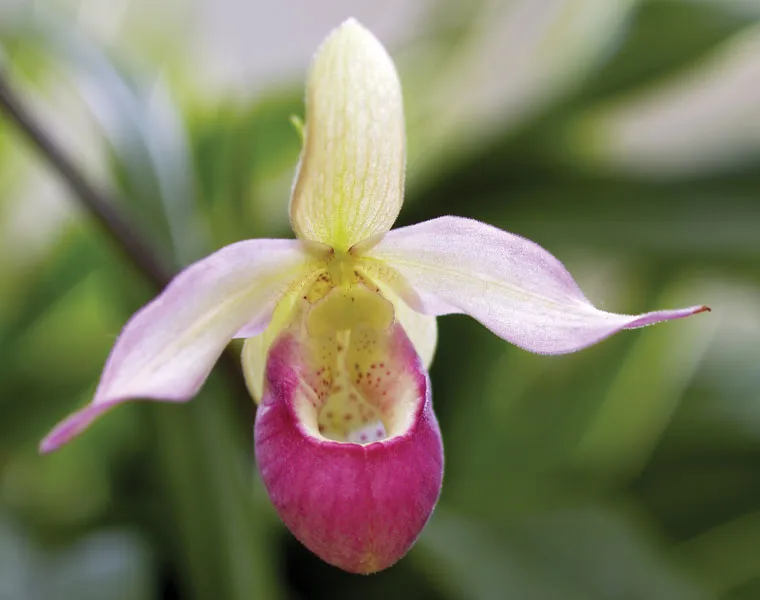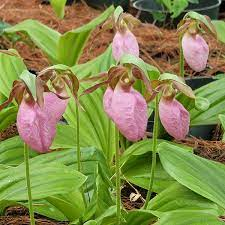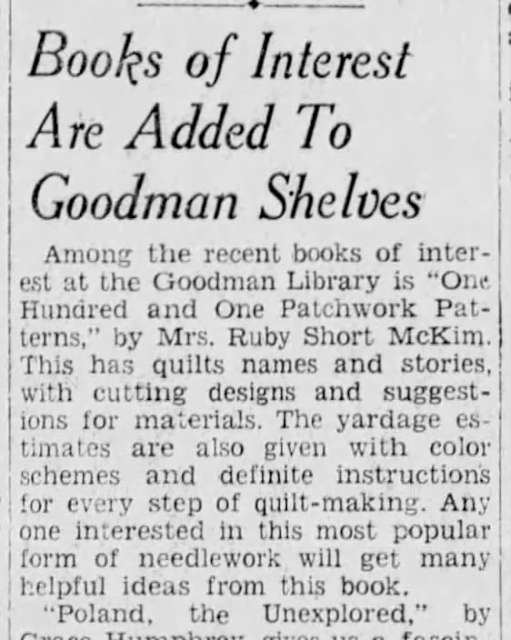Happy Monday!
Well I'm back today with my rather limited findings on Southern Highland Quilting. I wish I could show and tell you more but there are challenges in researching Southern Highland quilts. Places like Scotland, Australia, and even Nevada comes up in searches of Southern Highlands quilts. Also, a lot of modern quilts.
Aileen Spafford mentioned the Democratic Victory pattern in one of her 1942 article for the Detroit Free Press. She said it was sometimes called Suspension Bridge as well. This pattern appears to be the most popular pattern for the press at the time. Although it appears on the cover of Home and Garden that I shared recently, it is not a good rendering for quilters.
The pattern was also used to create bedspreads as well. This style was referred to as needle tufted. I think we would refer to that as chenille now. There was a group of women in Georgia that specialized in these kinds of bedspreads.
The best images for the quilt pattern are at Barbara Brackman's blog here.
Another resource I find was Handicrafts of the Southern Highlands by Allen Eaton. The book was published in 1937. He does a whole chapter on quilting. Although woven coverlets often are discussed when I researched the crafts, quilting was used in a similar manner. First for the warmth of the family, but also women provided much needed income to the families of the region by selling their coverlets and quilts. Eaton writes:
"There is no reason to compare the coverlet to the quilt for honors; both fill an indispensable need and are old plants that flower in the garden of American Folk Art."
The kinds of patterns that Eaton refers to include some we have heard of before like Old Maid's Ramble, Dove in the Window, and Toad in the Puddle. But some of the patterns I had never heard of before and I couldn't find any reference to them in my books or online: Bird in a Tree, Napolean's Wreath, Moon and Star, or Noah's Dove. It's possible if not likely that we know these patterns by a different name or they are simply regional patterns.
Most of what we learn about quilting from resources is the importance of the income generated from the sale of the women's quilts.
Mrs. Stoddard was the wife of the physician in the region of Wooten, Kentucky. She organized the Mountain Cabin Quilters there. Mrs. Stoddard shared with Eaton:
"Many of the women have never before had any money of their own. Now they earn it by doing beautiful work with their scarred fingers--for it is the women who make the fire, milk the cow, feed the pigs and chickens, cook for the family, do the washing, and have a baby at least every second year. For all that, they do not hesitate to walk or ride ten miles to get their order for a quilt.
Eaton singled out another woman, "Mrs. Hatcher has 'quilted' her two eldest children through high school and expects to do equally well by her four younger sons who are still at home."
I wish I knew more about the quilts these women made but I haven't found a resource yet. If you know of any book or article, please let me know!
Have a safe and happy day!






























.JPG)
















